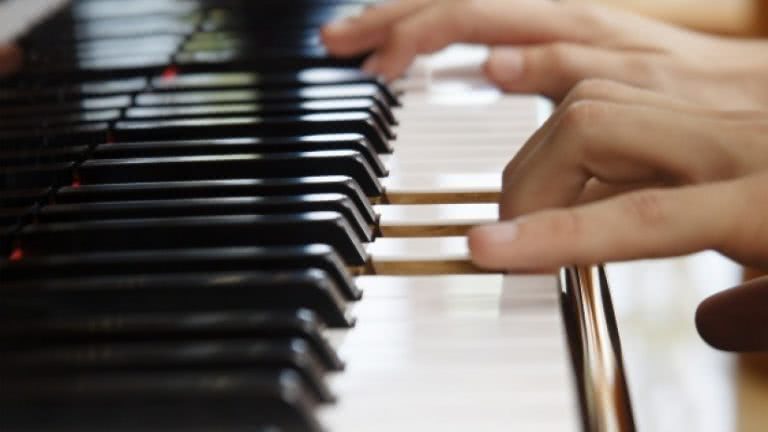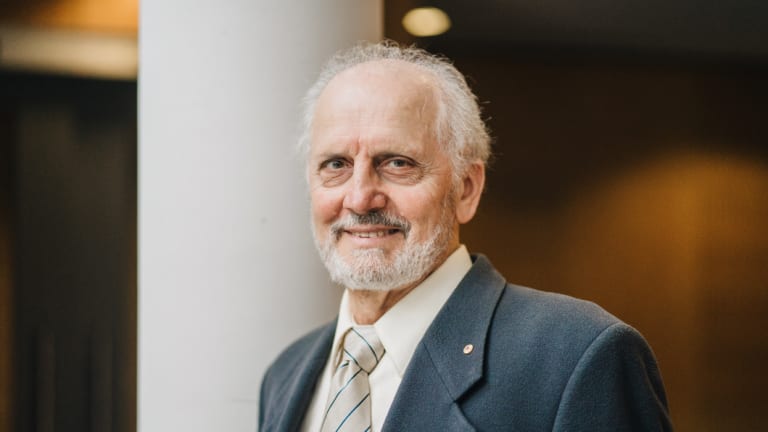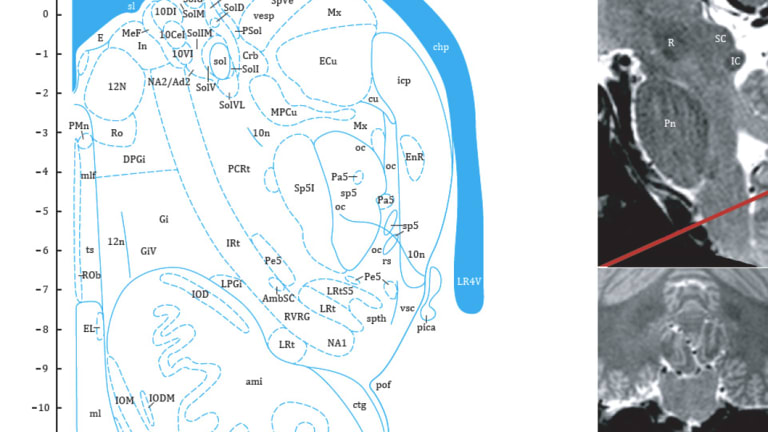What do the human brain and the piano have in common?
They’re probably two of the most complicated and impossible things to figure out in human existence!
It makes sense then, that there is a designated part of the brain that lets you play the piano, as scientists have today announced.
Speaking to Sydney Morning Herald Professor George Paxinos of Neuro Research Australia (NeuRA) said the discovery of the previously unknown part of the brain was “starting me in the face for 30 years.”
George Paxinos is one of Australia’s most celebrated Neurologists
“I saw something unusual in this area. Some cells that were very striking” he said, adding that “if anything I would say how silly I was not to have looked at this in more detail 30 years ago.”
Love Music?
Get your daily dose of metal, rock, indie, pop, and everything else in between.
The area, roughly the size of a pea and is embedded in a major neural highway that links the spinal cord and the brain and is strongly linked to how we control our limbs.
The human brain is roughly the same as a monkey brain, only bigger. This region, however, christened Endorestiform Nucleus, is a new part of the brain that hasn’t been found in other animals.
The NeuRA also released a YouTube video of the professor explaining the discovery, giving background to what the next steps of the research process were to be.
“We’ve constructed a new map of the human brain stem and identified a region not previously known to Science”, he says in the video.
He goes on to explain that he and his team will examine the brain of a deceased Chimpanzee from Taronga Zoo in the coming months to see if there are any similarities to their own brains, something that has not been known to exist in other primates.
Check out this video of Professor Paxinos describing the discovery
The professor speculated that this could be the region that helps us perform precise movements that monkeys are unable to- like, for instance, playing the piano.
“Monkeys, you don’t see them playing pianos, do you?” he joked.
While the discovery is hugely exciting, the professor is a map drawer in the process; it will be up to other scientists to work out what the area does, and how it can be utilised for further research.
The region can be seen on the left image, top right, marked EnR



































